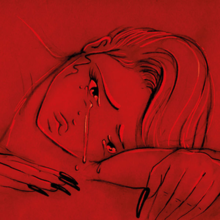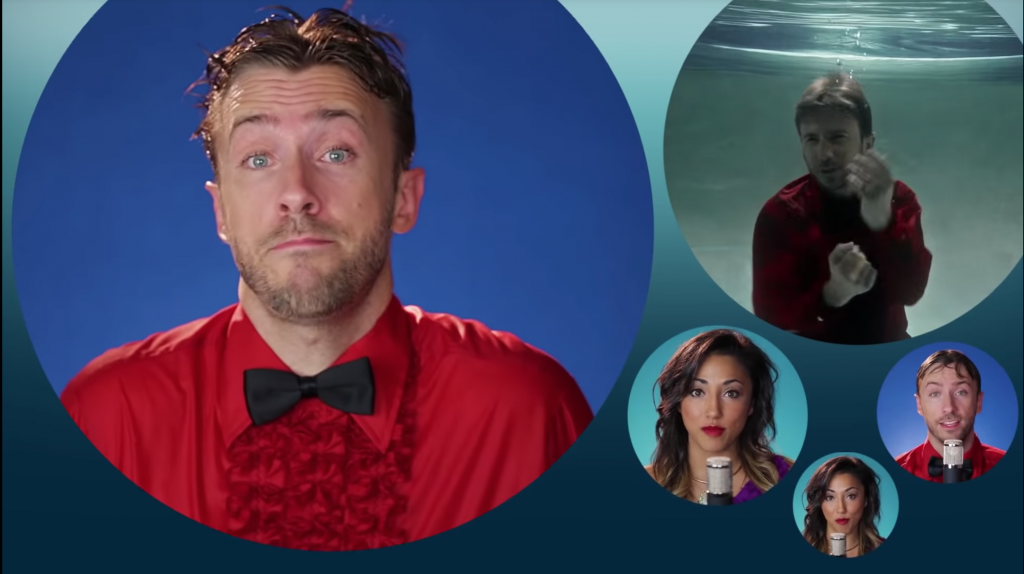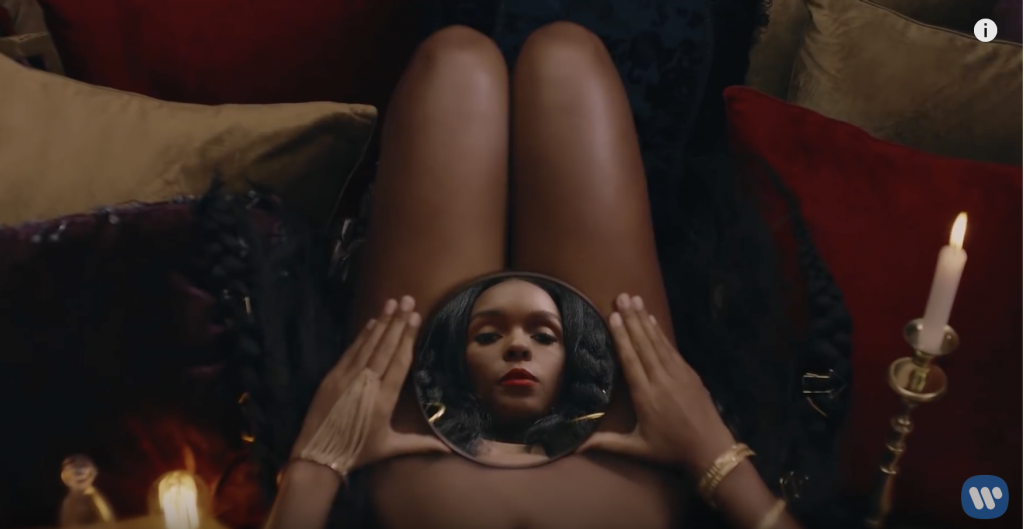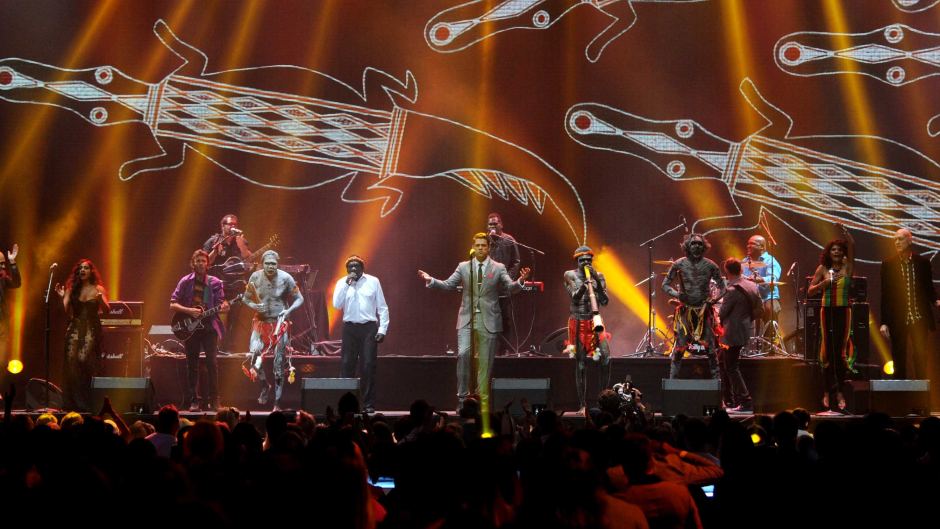Politics is a sticky subject, and one that seems to show up in every aspect of our lives in some way or another. Throughout all of American history, minority groups and underprivileged people have been systematically oppressed, and this oppression usually gives birth to many different forms of protests. When most people think of protests, they think of the images of Martin Luther King Jr. making a speech or staging a peaceful march, or of the many protesters holding up signs in a city street. What usually doesn’t come to mind, though, is protest music, and it is protest music that this post will focus on.
Protest music has been created throughout history by many different musicians from many different backgrounds, and it is one of the clearest examples of how politics can make its presence felt in every part of our life. There have been many examples of protest songs in America, from Nina Simone’s “Mississippi Goddam”, to Edwin Starr’s “War”, to Gil Scott-Heron’s “The Revolution Will Not Be Televised”, protest music has been a part of American culture for a long time. Recently, with the introduction of social media into our daily lives, political tension is seemingly reaching greater and greater levels as people become more aware of the atrocities committed in America.
With this in mind, let’s take a look at perhaps the most provocative piece of protest music we’ve gotten in a long time: Childish Gambino’s 2018 song, “This Is America”. When Childish Gambino (real name Donald Glover) released this song and its accompanying music video, it went viral, and is currently sitting at 536 million views on Youtube. If you just listen to the song on its own, it doesn’t seem like such an overt piece of protest music, but it’s the music video that makes it so provocative. The video contains countless references – some subtle, some not so subtle – to issues that the black community faces in America.
The video is extremely clever in the way it symbolizes American culture. There are two things to pay attention to: what is happening in the foreground, and what is happening in the background, and how they relate to American society. The foreground happenings are all centered around Gambino. Gambino’s dances throughout the video are taken from many viral dances and videos around the internet. In between the dancing, there are two instances of gun violence shown; the first, where Gambino shoots a man tied to a chair with a bag over his head, and the second where Gambino shoots a singing and dancing chorus. At both of these points, the music switches from a cheery, gospel-like church chorus sound to a heavy, agitated rap verse, before slowly returning to the more cheery sound. In the background, the references are more subtle. People carry the guns off-screen carefully handled and wrapped in cloth while dragging away the dead body in the first instance, or running towards the chorus angrily in the second. A man (who looks to possibly be representing a police officer) forcibly pulls someone out of their car. Another man jumps from a high place in the rafters in what looks like a suicide attempt. Other younger people sit on their phones recording all of these events happening.

What happens in the foreground and background in the video is similar to what happens in the foreground and background of our lives. Gambino’s dancing seems to be a reference to how we as a society get easily distracted from these issues with viral trends, and when the terrible events do happen – the homocides and mass shootings that make national headlines – it doesn’t take long before they fade back into the background.
This video is a perfect example of how protest music can use a medium like music and video as a way to protest. A couple years before this video was released, Colin Kaepernick also used a new medium to protest; the medium of the National Anthem ceremony before football games. It just goes to show how many different ways there are to protest politics, and similarly, it shows how politics can make its presence known in so many different areas of our lives.


























